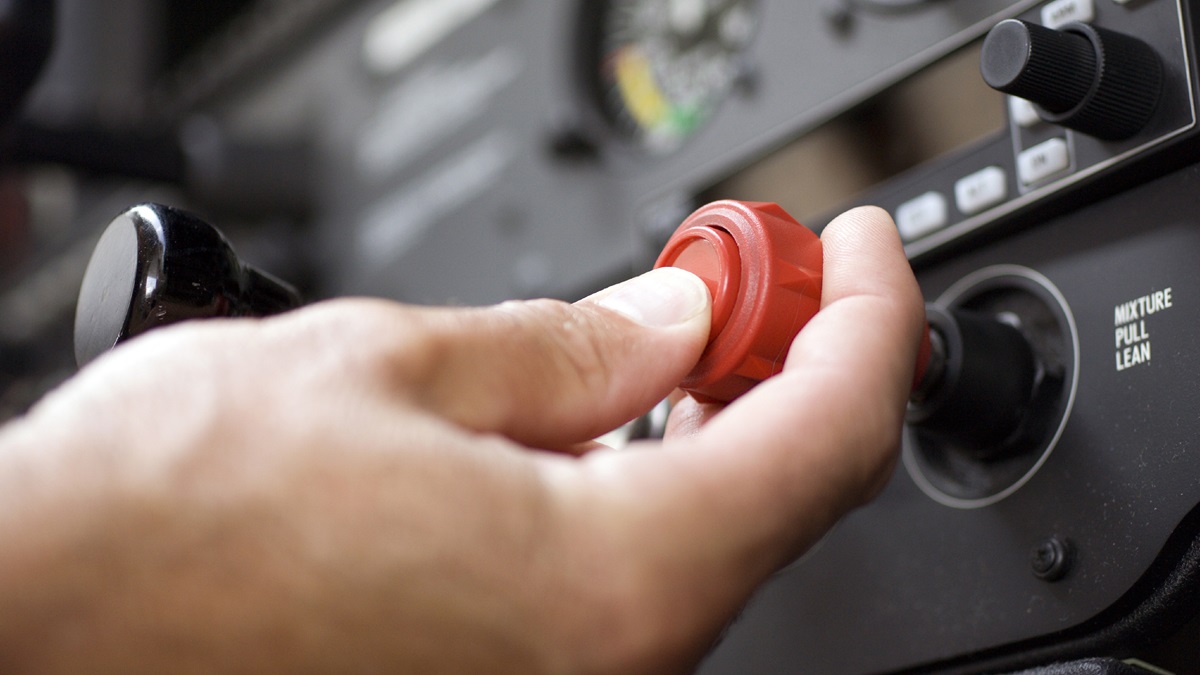Training Tip: A lean explanation
The pilot was maneuvering his homebuilt airplane at 1,200 feet agl when the engine quit, forcing him down in a soybean field. The airplane rolled briefly, then nosed over in a fuel-exhaustion accident investigators attributed to “improper fuel planning.”
As is true of many habits pilots acquire, being loath to lean may originate in training, especially if the trainer lacked an exhaust-gas temperature gauge to simplify the process. Cruising to and from the practice area, or flying maneuvers, some pilots leave the mixture control in the full-rich position, where it may stay for cross-country flights—unless a flight instructor demonstrates that fuel-burn figures predicted by performance charts in the aircraft’s pilot’s operating handbook (POH) require the “recommended lean mixture.”
Asking a pilot why he or she appears indifferent to the mixture control’s position (except when starting or shutting down the engine) may elicit the explanation that the topic wasn’t stressed because leaning was called unnecessary below certain altitudes or when practicing maneuvers. (Notably exempt from this misperception are pilots who trained at high-elevation airports. Why?)
In any case, the “explanation” may clash with what the book says.
The 1980 Cessna 152 POH’s best fuel economy procedures for training operations include power settings for transitioning to and from practice areas, a leaning technique to use during climbs above 3,000 feet, and a statement that “the mixture may be left leaned for practicing such maneuvers as stalls.”
The POH adds, “Lean the mixture for maximum rpm during all operations at any altitude, including those below 3000 feet, when using 75 percent or less power.”
So, how much fuel economy can the procedures produce?
The recommendations “can provide fuel savings of up to 13 percent when compared to typical training operations at a full rich mixture,” says the POH.
A 13-percent fuel surplus might have helped avert the nose-over in the soybean field. The pilot told National Transportation Safety Board investigators that “for the majority of the 30 minute flight, he was flying with the fuel mixture full rich. He stated that he did not depart with full fuel, and must have been burning fuel at a higher rate than he originally anticipated.”
What does your POH say about leaning the mixture?


